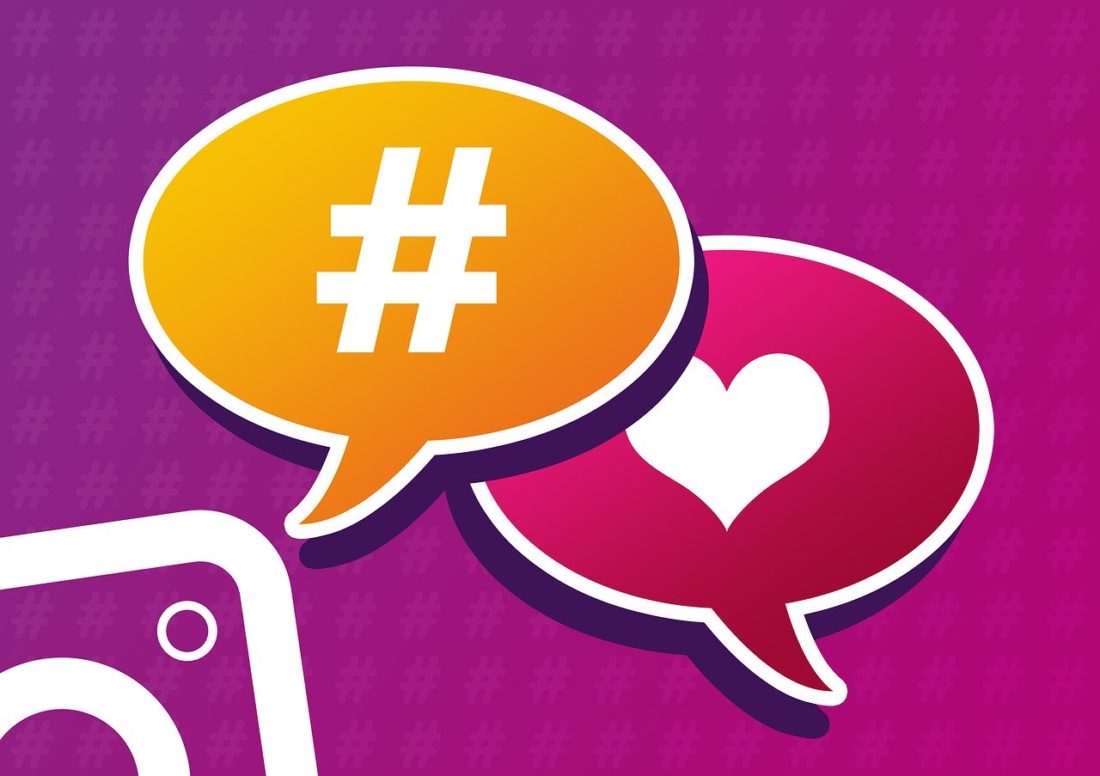When hashtags were first introduced on Twitter, the intention was simply to use one per tweet to enable easier group interactions. Fairly quickly their primary purpose changed (to serving as trend/topic labels), they were adopted by other social networks (Instagram, Facebook, etc.), and accounts began to wildly overuse them—leading to audience fatigue and diminishing engagement returns.
Today overloading social media posts with hashtags is thankfully falling out of fashion. While the right approach varies depending on platform and situation, generally it’s now thought to be most effective to use relatively few hashtags (Twitter recommends one or two) which are directly related to the specific post.
In other words, hashtags have gone back to serving as an organizational tool that’s best utilized judiciously. As such, hashtags won’t make or break a campaign, but they can help brands identify trending topics to join conversations as well as categorize posts to enable wider discovery.
Of course, in order to achieve these benefits, hashtags must be timely, fairly widely known, and related to the content. Otherwise, they’ll have little impact and/or will annoy audiences.
So, how can marketers find hashtags that are trending, popular, and relevant? Which resources make discovering and vetting tags easier?
The answers depend somewhat on which of these two goals you’re trying to achieve:
Goal 1: You want to create social content related to a trending and/or popular hashtags.
If your goal is to figure out which hashtags are on the rise, a good place to start is the platforms themselves. Specifically, Twitter’s Trending tab makes it very easy to see what people are talking about in real time.
A key thing to note is that Twitter’s data is tailored to geography. If you want to see what’s trending somewhere else you have to change the settings. (Click the gear icon in the Explore area).
If you prefer your data presented visually rather than as a list, Trends Map is an easy-to-use resource that displays trending hashtags, user names, and keywords by location.
If you want to see which hashtags are consistently popular, All-Hashtag is a good starting point. This site presents the 100 most used hashtags in general on Instagram and Twitter (filterable by date) as well as the most popular hashtags in certain topic areas (food, music, animals, etc.).
For both trending and popular hashtags, another good resource for marketers is Tagdef. This site crowdsources definitions for hashtags and is worth checking if you want to ensure you’re using a tag correctly.
Goal 2: You want to find hashtags related to social content you’ve already created.
What if you’ve already created content and want to find relevant hashtags to enable better discovery on social networks?
A good starting point for this goal is to use a text-based hashtag generator. There are many of these out there—try Sistrix and Tags Finder—and they tend to take the same approach. Put in a starting hashtag or keyword and set some criteria to receive a list of related tags.
Another approach is to use a visual-based hashtag generator rather than a text-based one. This can be especially helpful when publishing to image- and video-centric social networks such as Instagram. There are a number of tools which allow you to upload a media asset and get suggested keywords. (Influencer Marketing Hub’s Hashtag Generator and RiteTag are both good examples.)
Of course, the two goals covered above aren’t mutually exclusive. You may want to find hashtags that are both relevant and popular—or you may want to see how popular the recommended relevant hashtags are. You can use a tool like Hashtagify, which allows you to put in any hashtag and quickly see trend data.
It’s worth noting that you’ll have to pay to gain full access to Hashtagify; the same is true of some of the other resources referenced. The good news is that the pricing tends to be relatively low for specialized hashtag tools. Also, some social media listening and management platforms include hashtag insights—Sprout Social is a good example—so check to see what’s available in what you already have.
Even if additional investment is necessary, it’s usually worth it. With the right tools, discovering and vetting hashtags is a fairly quick and easy process, and the payoff in social media relevance and engagement can be significant.
Image by Ariapsa MX from Pixabay
